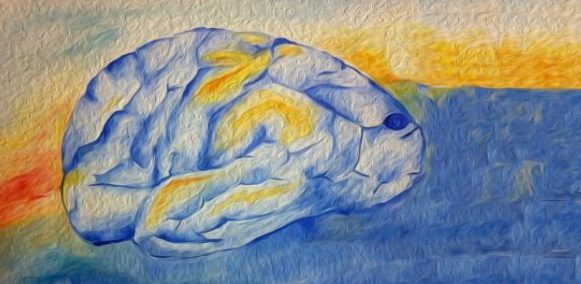Theoretical neuroscience
Theory of spike initiation, sensory systems, autonomous behavior, epistemology
Editor Romain Brette
This is a synthesis of Bickhard’s work on the interactivist model of cognition, in my view a very important theory, related to Gibson, O’Regan, among others (see this blog post for more detailed comments on the model). This is a deep paper which touches on many subjects.
It starts with general remarks in philosophy of biology. First, about substance vs. process philosophy: Bickhard points out that in the history of science, substance explanations have been progressively replaced by process explanations, for example atoms by quantum fields, caloric by kinetic processes, etc, and he suggests that the same will occur for mental phenomena. Second, about what is life: a living system is an organization of processes that actively maintain themselves. This is similar to the concept of autopoiesis but Bickhard points out that such processes can only occur far from thermodynamic equilibrium, and this implies that such systems can only exist through a continuous interaction with the environment (otherwise they go to equilibrium and die). Thus, living systems must actively interact with the environment in order to survive – this provides the basic elements of normativity (what actions are good or bad) from the viewpoint of the organism. This definition would hold for a candle flame, and Bickhard proposes that living systems are more sophisticated in that they make decisions that contribute to their self-maintenance (he cites the run and tumble behavior of bacteria). This means they make distinctions about the environment, and in this way living systems enter the cognitive realm.
He then criticizes the mainstream theories about mental representations, which are based on what he calls “encodingism”: the idea that mental representations are constituted by encodings, correspondences between things in the world and symbols. The problem with encodingism is that an epistemic agent would then lack what he calls “system-detectable errors”: the agent cannot know whether the representation is correct or not because it does not have access to what is being represented. This implies in particular that no learning is possible. In Bickhard’s words, encodings cross the boundary of epistemic agents. Representations can only be based on internal relations.
He proposes the interactivist model: representations are anticipations of potential interactions and their expected impact on future states or processes of the system (related to Gibson’s affordances). For example, to represent the spatial position of a sound source (my example) is to expect (among other things) that certain movements of the eyes would make the source appear in the fovea. This type of representation allows system-detectable errors: a representation can be correct or not, depending on whether the anticipation turns out to be correct or not. It does not cross the boundary of the epistemic agent because it is based on internal relations.
